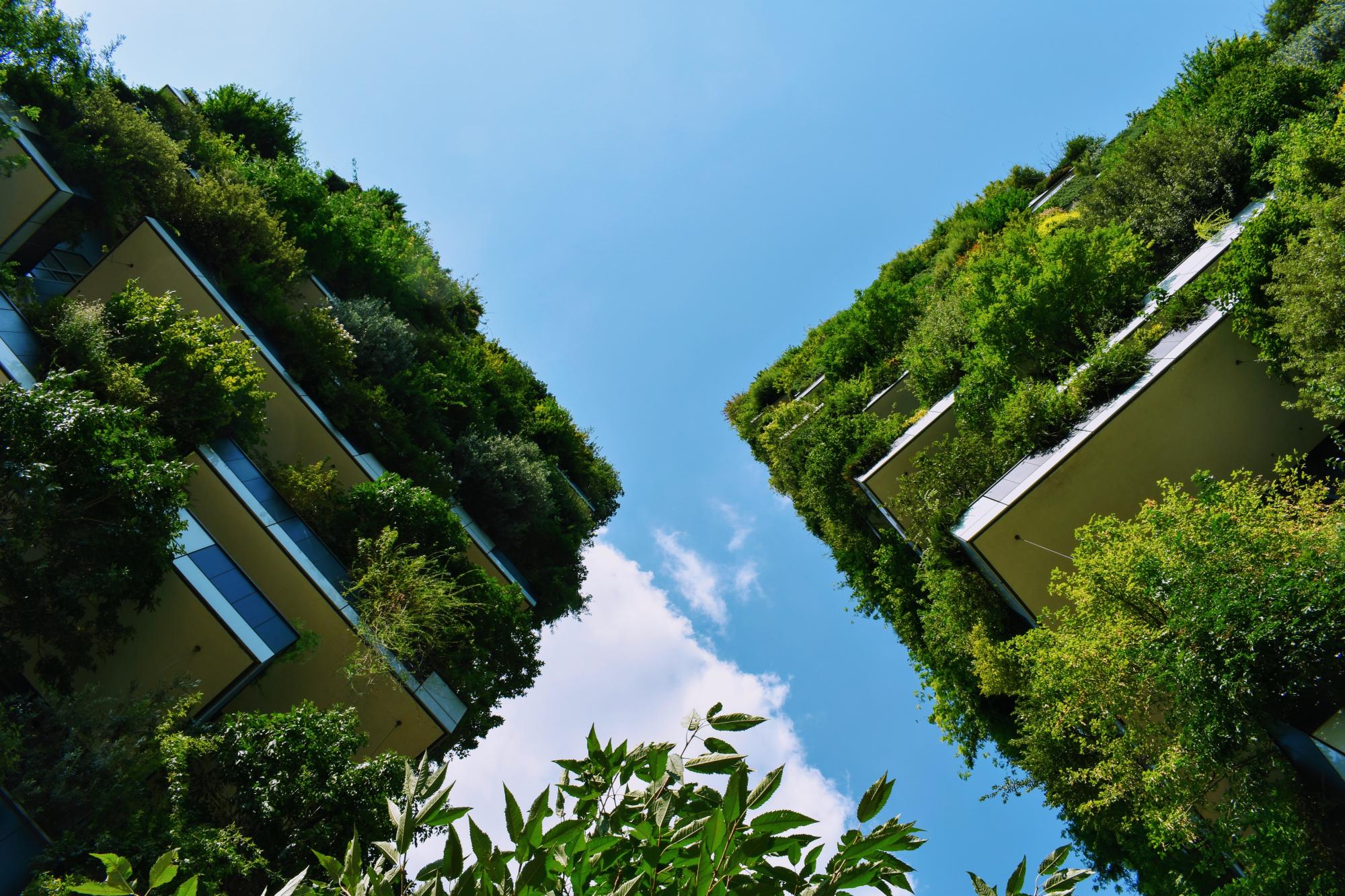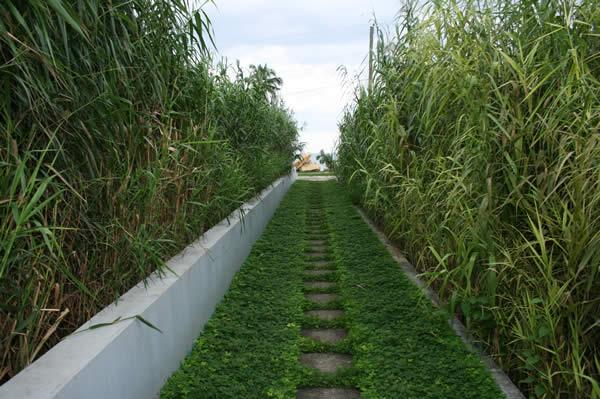In 2005, a constructed wetland was established in Barangay Villareal, Bayawan City in order to improve a peri-urban settlement and promote domestic wastewater treatment with reed beds. The wetland covers an area of 2680 square metres and comprises two reed beds, with the first bed utilizing perforated pipes beneath a sand and gravel substrate for vertical flow filtering, and the second bed utilizing horizontal flow for biological filtering. The roots of the Phragmites karka reeds, which are used in the system, act as a natural filter, removing microorganisms and pollutants. The treated effluent is reused for various purposes, such as watering plants, firefighting, and irrigating ornamental plants and agricultural crops. The overarching objective of the initiative is to safeguard coastal waters from pollution caused by domestic wastewater and enhance residents' quality of life by providing safe sanitation and wastewater treatment facilities. Furthermore, the initiative seeks to showcase the effectiveness of constructed wetlands, encourage the use of locally available reeds for wastewater treatment, and conserve water and nutrients by reusing treated wastewater. [1,2].
Overview
Nature-based solution
- Blue infrastructure
- Coastal wetland, mangroves and salt marshes
Key challenges
- Coastal resilience and marine protection (SDG 14)
- Coastal protection / hazard mitigation
- Water management (SDG 6)
- Improvements to water quality
- Health and well-being (SDG 3)
- Improving physical health
- Inclusive and effective governance (SDG 16)
- Effective management
- Social justice, cohesion and equity (SDG 10)
- Environmental education
Focus
Project objectives
Implementation activities
Main beneficiaries
- Local government/Municipality
- Citizens or community groups
Governance
Management set-up
- Government-led
Type of initiating organisation
- Local government/municipality
Participatory approaches/ community involvement
- Consultation (e.g. workshop, surveys, community meetings, town halls)
Details on the roles of the organisations involved in the project
Project implemented in response to ...
Financing
Total cost
Source(s) of funding
- Public local authority budget
- Research organisation / University
- Multilateral funds/international funding
Type of funding
- Earmarked public budget
- Direct funding (grants, subsidies, or self-financed projects by private entities)
- Loan
Non-financial contribution
Impacts and Monitoring
Environmental impacts
- Environmental quality
- Improved waste management
- Water management and blue areas
- Improved water quality
- Enhanced protection and restoration of coastal and marine ecosystems
Economic impacts
- Reduce financial cost for urban management
Socio-cultural impacts
- Social justice and cohesion
- Improved liveability
- Health and wellbeing
- Improved physical health
Type of reported impacts
Presence of formal monitoring system
Presence of indicators used in reporting
Presence of monitoring/ evaluation reports
Availability of a web-based monitoring tool
References
[2] Society for the Conservation of Philippines Wetlands, Inc. (2009). NCWCCBC -Exposure Trip to Bayawan Wetland – The Society for the Conservation of Philippine Wetlands, Inc. [online] Society for the Conservation of Philippines Wetlands, Inc. Available at: Source link [Accessed 16 Feb. 2023].
[3] Guinoo, R. S. II, Aguilar Jr., A.S. & Oracion, E.G. (2009). The efficiency and social acceptability of the constructed wetland of Bayawan City, Negros Oriental. [online] Researchgate. Available at: Source link [Accessed 16 Feb. 2023].

